If you are deeply involved with sports performance around combat sports you would have likely seen the name Reid Reale on a variety of clinical studies. From weight cutting to dietary strategies for combat athletes, Reid has been a go-to expert for over a decade providing athletes and sports nutrition professionals a benchmark to keep improving the sport from both a safety and best practice point of view.
As the Performance Nutrition Manager for the UFC Performance Institute Shanghai and a leading expert in sports nutrition research and practice - particularly in combat sports nutrition - Reid has 10 years’ experience working with some of the best athletes in the world at elite, professional and Olympic standards.
As a researcher and speaker, he has presented his published work about weight management for combat athletes at nutrition conferences around the world and is the leader/chairperson of the American College of Sports Medicine (ACSM) Combat Sport Special interest group. Additionally, Reid serves as a reviewer for a number of reputable sports science journals.
Furthermore, not only is he one of the leading experts for combat sports nutrition, but Reid is also a lifelong combat athlete himself, holding a first-degree black belt in BJJ and winning numerous national and international titles.

In the blog below, we draw upon Reid’s scientific review article published in the peer review journal European Journal of Sports Science: Individualised dietary strategies for Olympic combat sports: Acute weight loss, recovery and competition nutrition (2017). This article delves into the strategies of acute weight loss and recovery to benefit fighters in different styles of combat sport.
Individualised Dietary Strategies for Different Combat Sports
Acute weight loss (AWL) strategies are a controversial aspect of competitive combat sports, yet many see it as a key part of the sport. Although there can be serious health concerns associated with the practise that can impede performance and, in extreme cases, even be fatal, athletes who engage in the practise report feeling boosted self confidence, focus, discipline and professionalism, among other benefits.
However, there is not one method that fits all when it comes to devising an AWL strategy for different combat sports. First, let's explain the general practise and what’s involved.
Overview
An acute weight loss of up to 10% body mass may be possible for athletes with minimal negative impact on health and performance, however athletes with a shorter recovery period (for example, those competing on the same day as weigh-in) should aim for the lower end of this range in order to avoid impeding performance. Plans for athletes engaging in AWL should be extensive and encompass timing, types of AWL strategies, a recovery strategy to reverse the physiological disturbances induced with the plan and methods to optimise the athlete’s readiness to compete after the weigh-in.
A variety of techniques aimed at emptying the gastrointestinal tract and reducing body water should be implemented. This may include consuming a low fibre diet for 24 - 96 hours and reducing food weight in the hours leading up to weigh-in, decreasing sodium intake and draining glycogen stores to reduce bound water, and inducing active and passive sweating to further reduce fluids.
However, athletes in different combat sports benefit from different manipulations of body weight prior to weigh-in and competing, and therefore the techniques chosen above and how they are slotted into the AWL plan will vary. For example, judo and wrestling require athletes to manipulate an opponent’s body mass, and therefore having greater body mass compared to your opponent will provide an advantage. However, for striking sports such as boxing and taekwondo, athletes succeed through superior tactical movements of their own body mass, and therefore practical differences in body mass and strength may be less important compared to grappling sports.

This paints a clear picture of how AWL strategies may differ between sports. Grapplers may gain a competitive advantage by using AWL strategies to qualify for a lower weight division and then rapidly regain and maximise body mass prior to competing. On the other hand, athletes with a lower BMI in taekwondo show increased speed, speed endurance and flexibility compared to heavier built athletes. This is supported with data gathered from the Olympic games, which revealed that greater height and lower height correlates with competitive success.
Recommended strategies for different combat sports
The tables below detail the key considerations and goals for weight manipulation for taekwondo, wrestling, judo and boxing, as well as suitable AWL methods and recommendations for recovery and preparation for competing.


Retrieved from the European Journal of Sport Science.
Recovery
Three key considerations in the recovery phase are rehydration, glycogen restoration and gastro-intestinal distress, all of which can impede performance if not managed properly.
Rehydration
The general recommendation in sports nutrition for rehydration is to consume 125-150% of the fluid deficit, yet this may be difficult when the true fluid deficit is unknown and athletes are restricted to short recovery periods. If hypohydration is significant and the recovery period is short, oral rehydration solutions (ORS) are ideal to replace fluids and electrolytes simultaneously.

Glycogen restoration
Anaerobic exercise lasting approximately 5 minutes may be impaired by glycogen depletion. Sufficient carbohydrate intake to restore liver and muscle glycogen should be included in the post weigh-in strategy to refuel for competition. Athletes are recommended to consume 5 - 10 g/kg/day to provide sufficient competition fuel and maximise body mass gain. This wide range accounts for tapered training and the potential for carbohydrate loading. If carbohydrate intake is suboptimal, adding protein to recovery meals and snacks increases glycogen storage.
Managing gastrointestinal distress
Suddenly reintroducing fibre into an athlete’s diet may cause discomfort as this can slow gastric emptying and the absorption of nutrients. Therefore, limiting fibre-rich foods may be beneficial to avoid hindering performance due to gastrointestinal distress, especially for boxers who have limited recovery periods and multiple weigh-ins.
Preparing for competition
The recovery plan for athletes will flow straight into and sometimes overlap the strategies for pre-competition nutrition. Strategies in this phase switch from aggressive reversal of physiological disturbances to the ‘fine-tuning’ of their nutritional status. This may include supplement usage, manipulation of gut comfort for high-intensity exercise, and returning to comfortable and familiar routines. If an athlete is not able to consume adequate food and fluids prior to competing (especially when gastrointestinal distress is a concern), other strategies include caffeine supplementation and ‘mouth-rinsing’ with a carbohydrate solution or food.

Conclusion
In summary, weight-making strategies for combat athletes are complex and depend on a range of factors. There’s certainly not one plan that fits all, so athletes who choose to engage in acute weight loss strategies should seek the advice of an expert to ensure that the process is carefully and extensively planned in all stages.
To stay up to date around nutrition and performance in the combat sports industry follow Reid on his Instagram @reidreale and check out his website https://combatsportsnutrition.com/.
References
Reid Reale, Gary Slater & Louise M. Burke (2017): Individualised dietary strategies for Olympic combat sports: Acute weight loss, recovery and competition nutrition, European Journal of Sport Science, DOI: 10.1080/17461391.2017.1297489


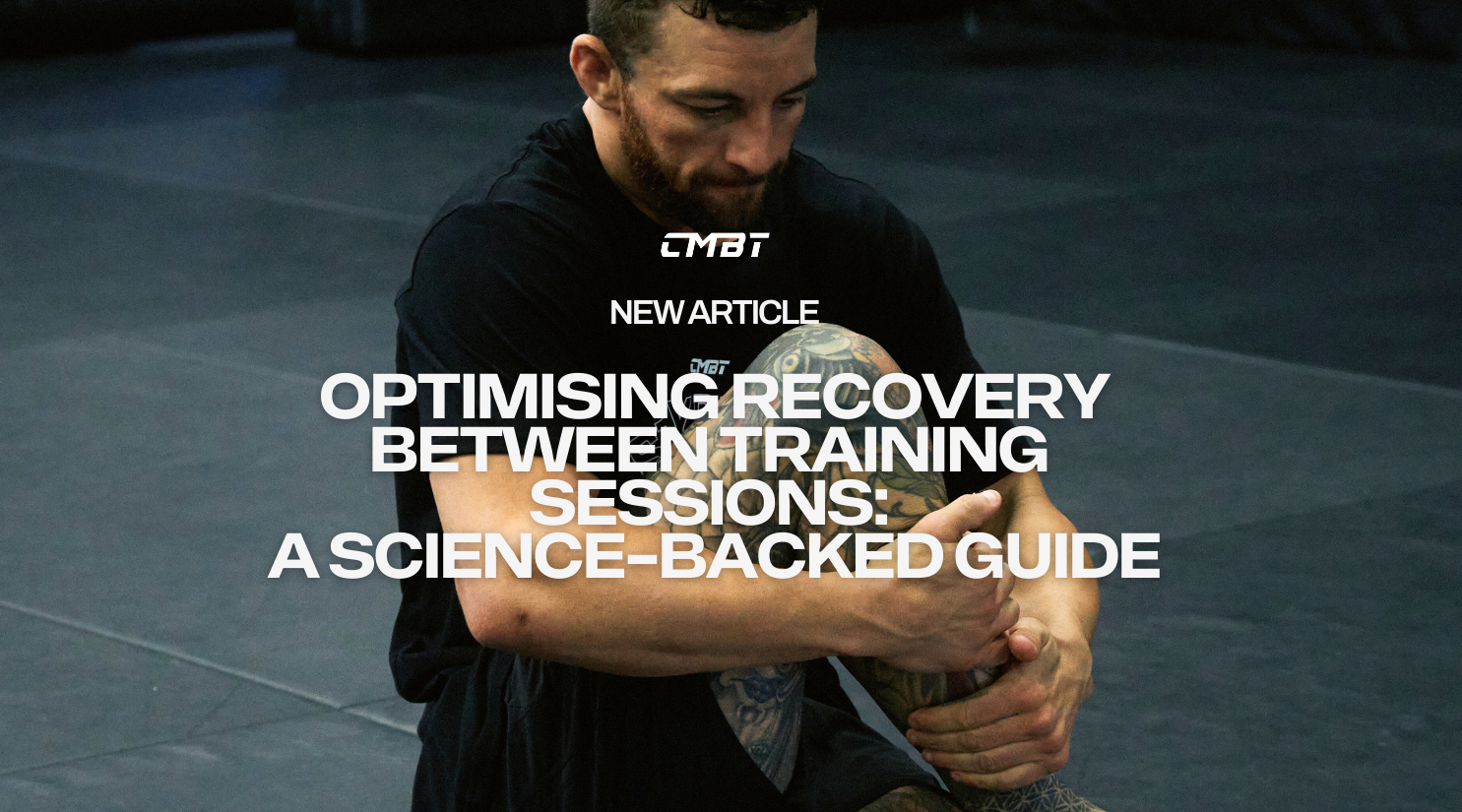

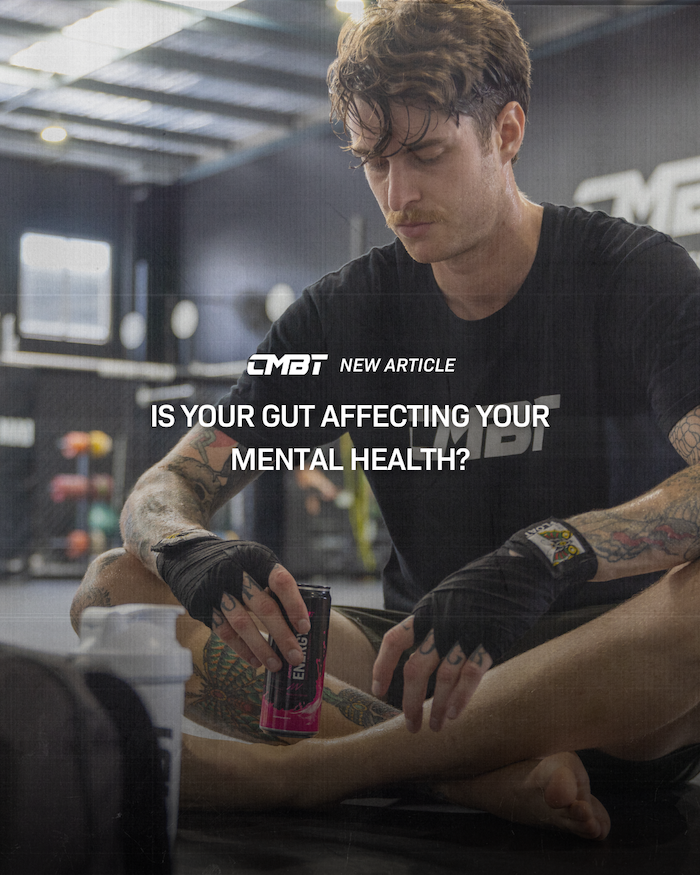
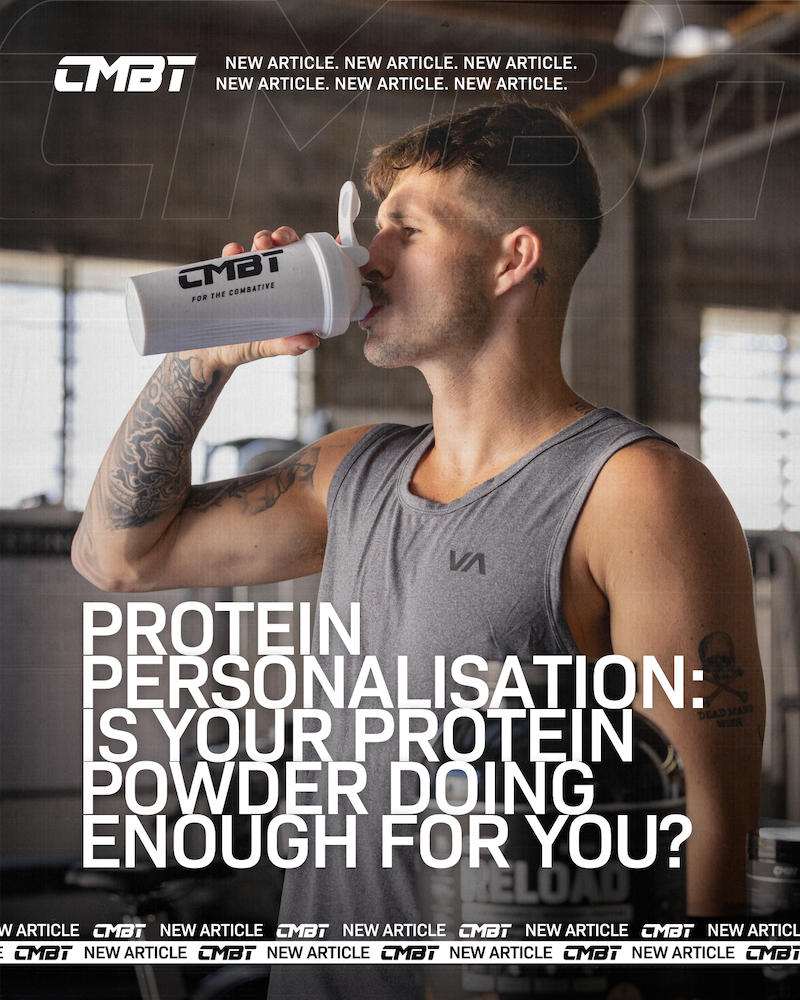
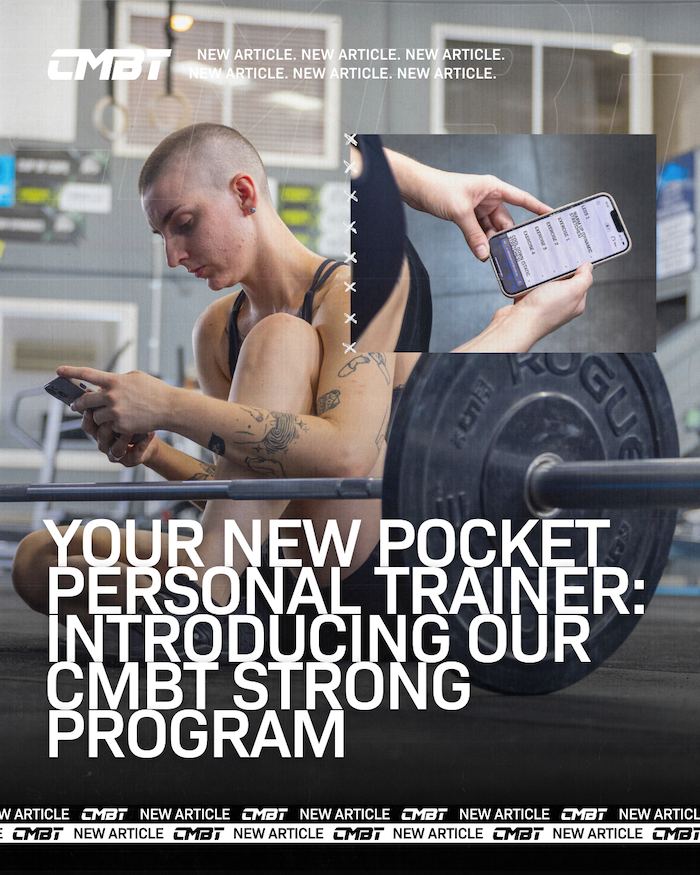
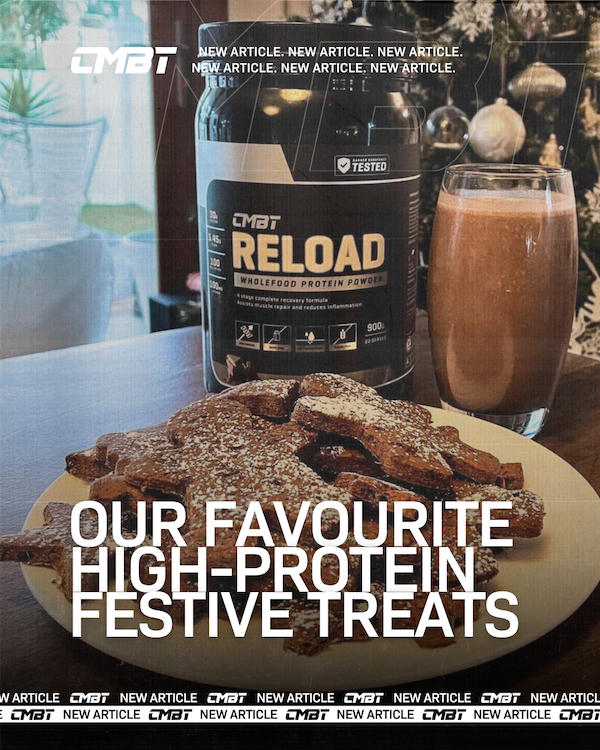

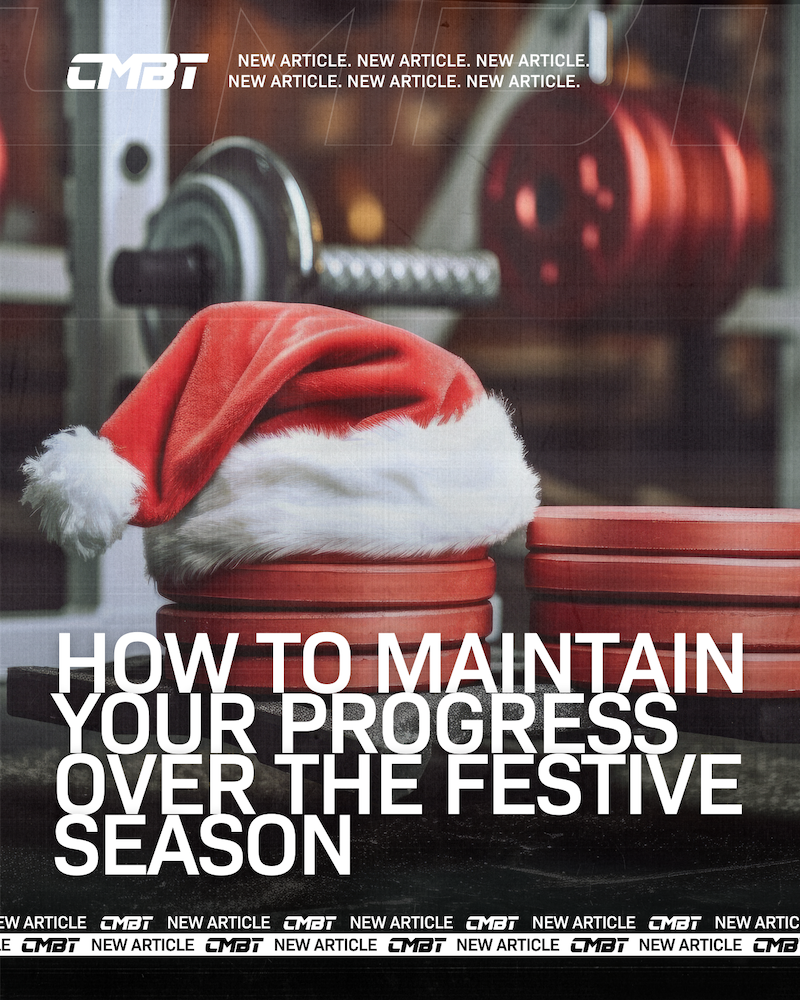
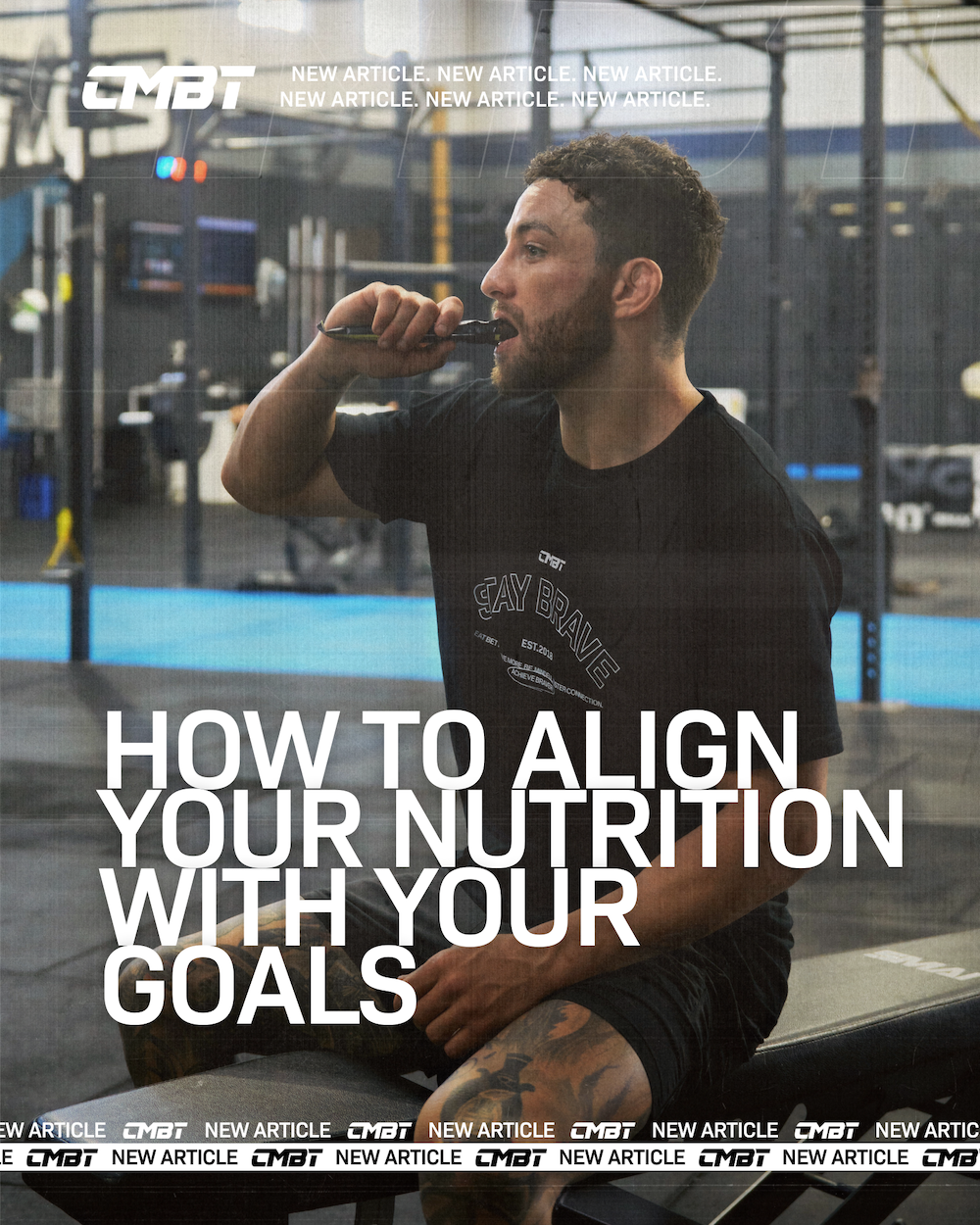

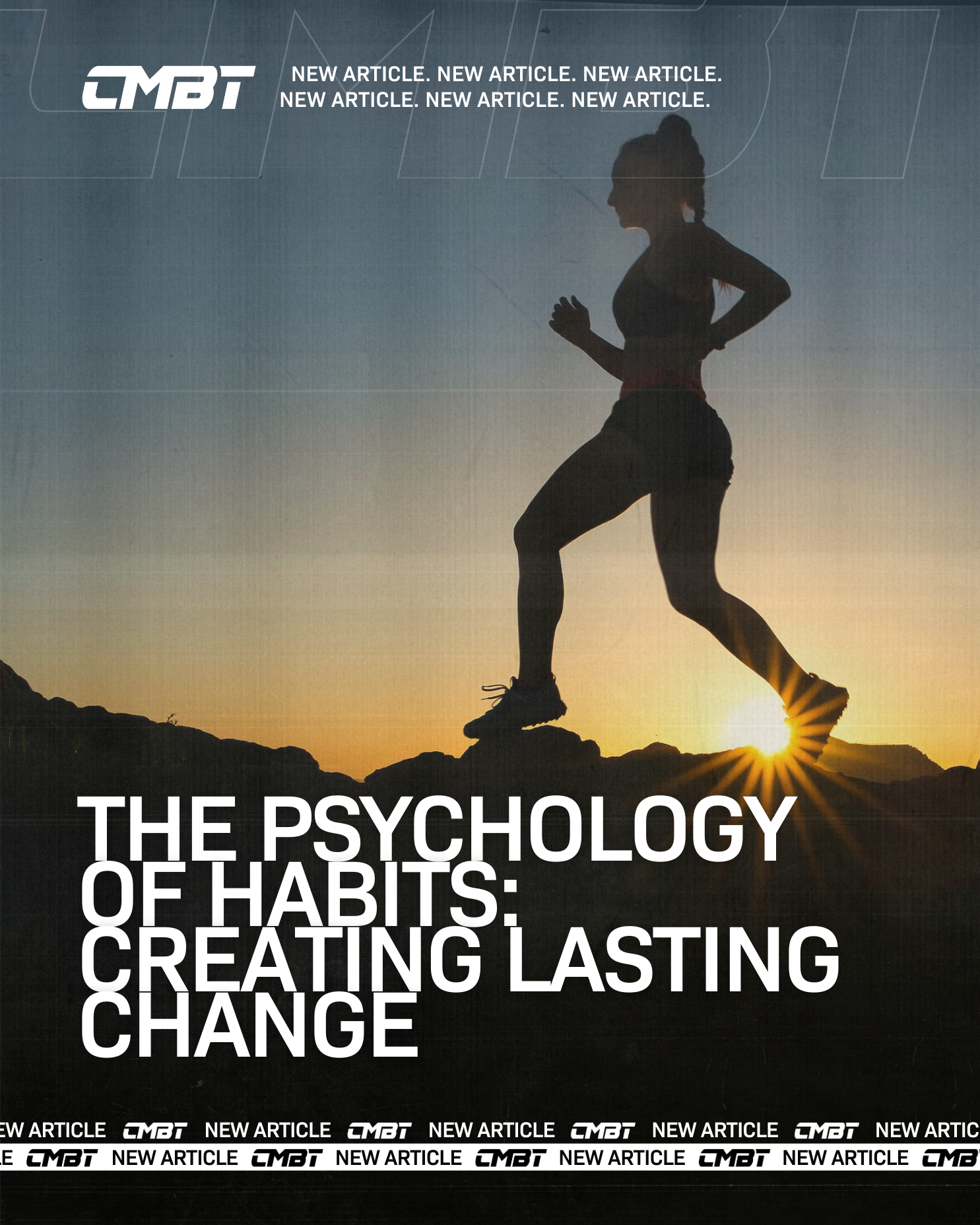

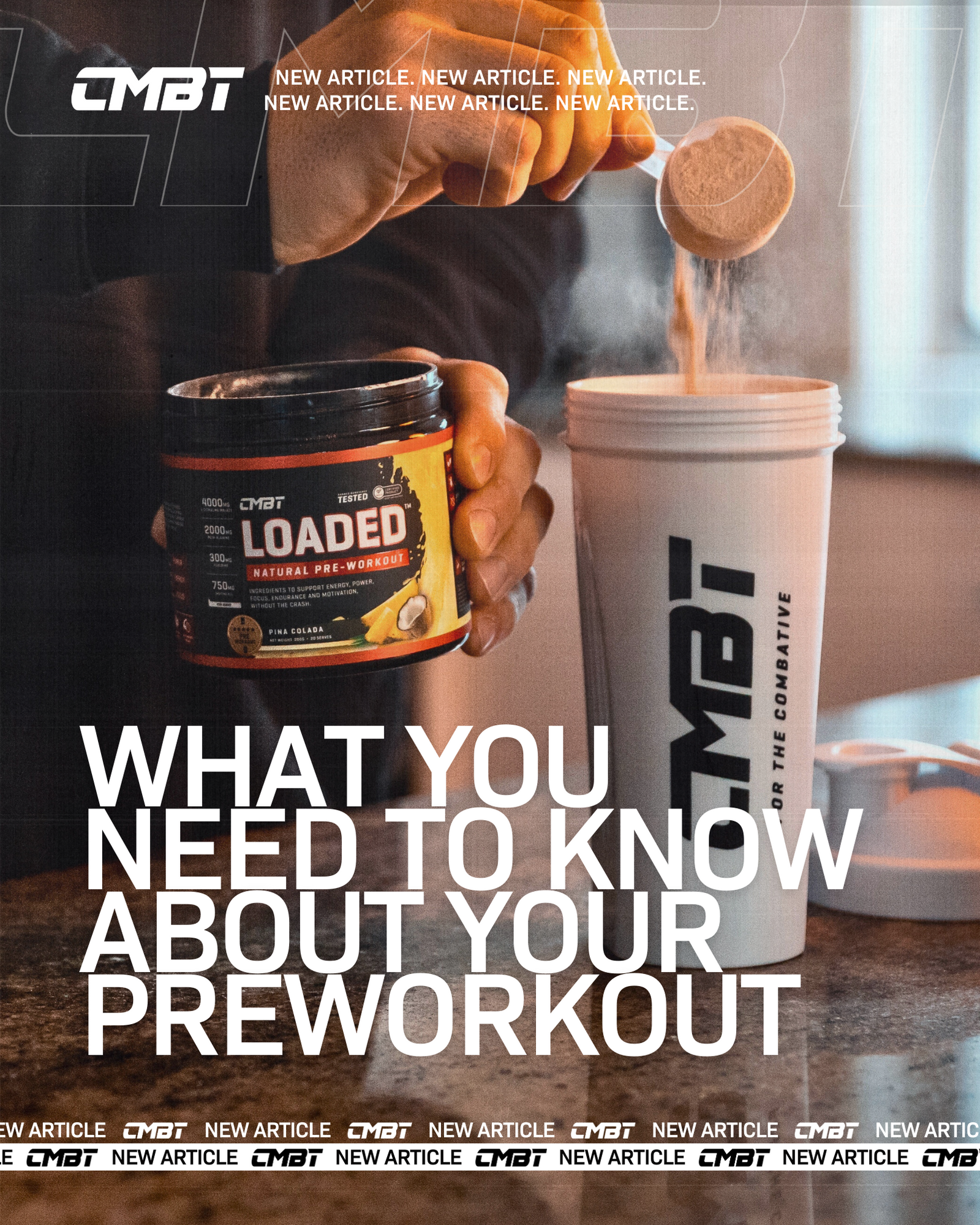

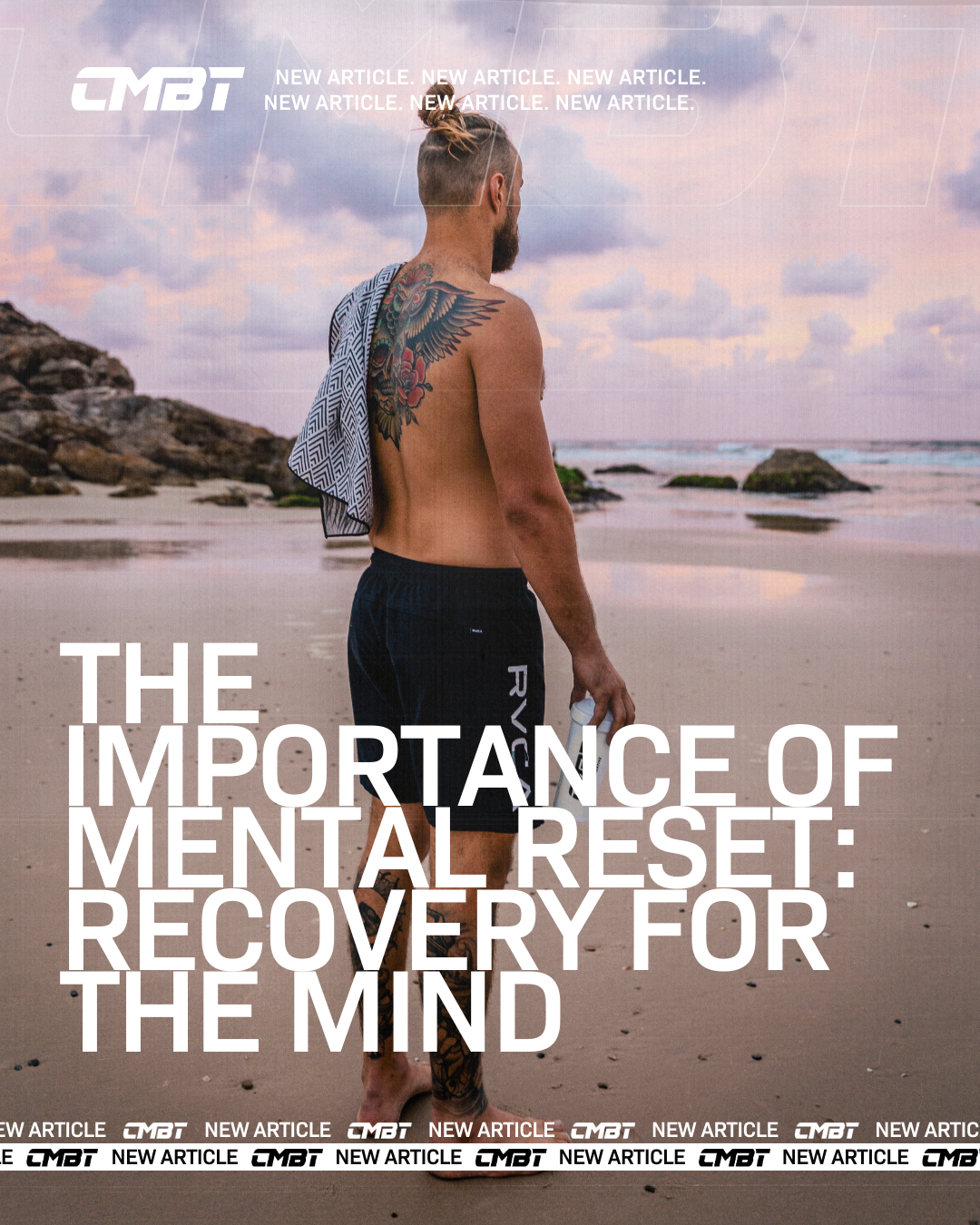
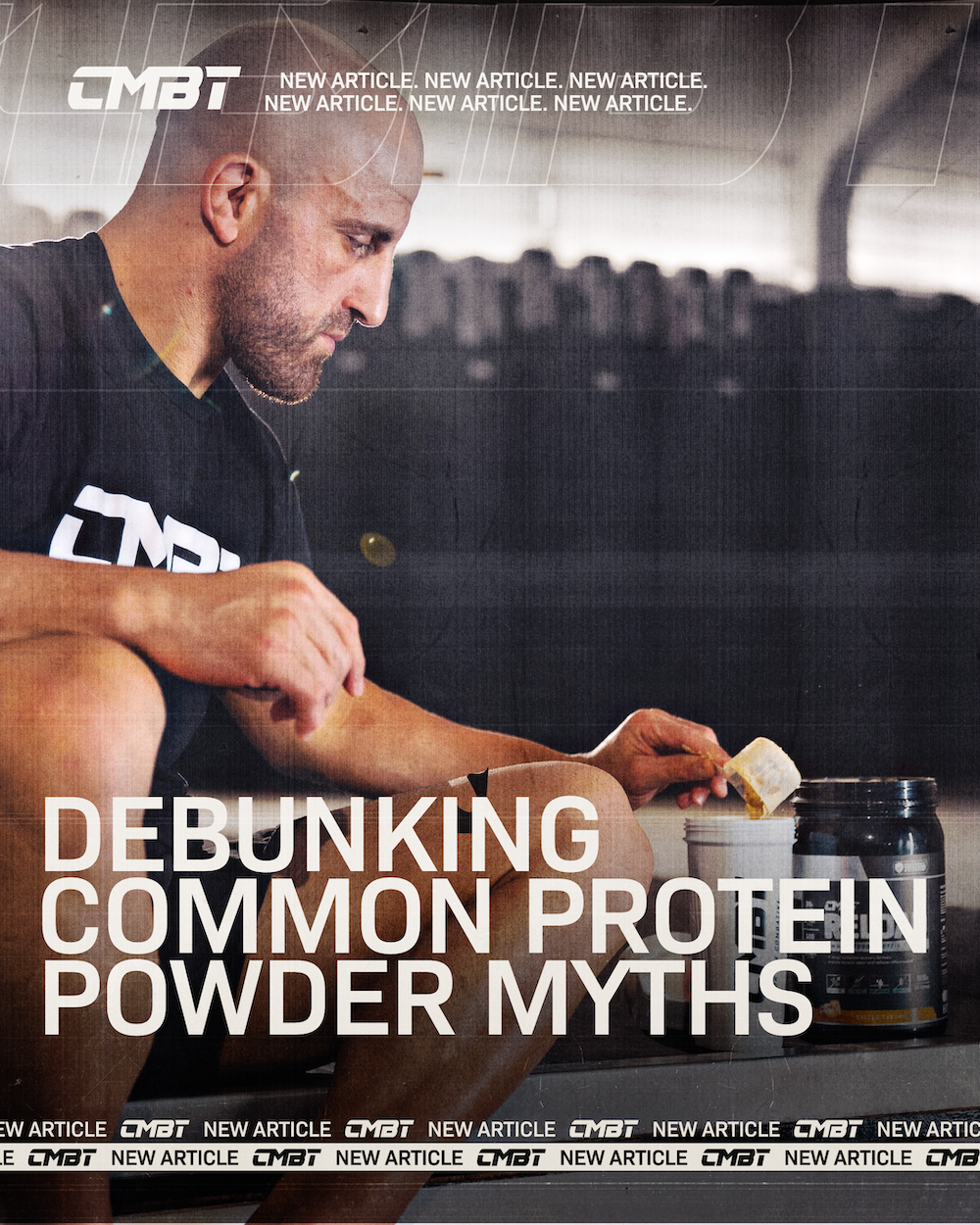
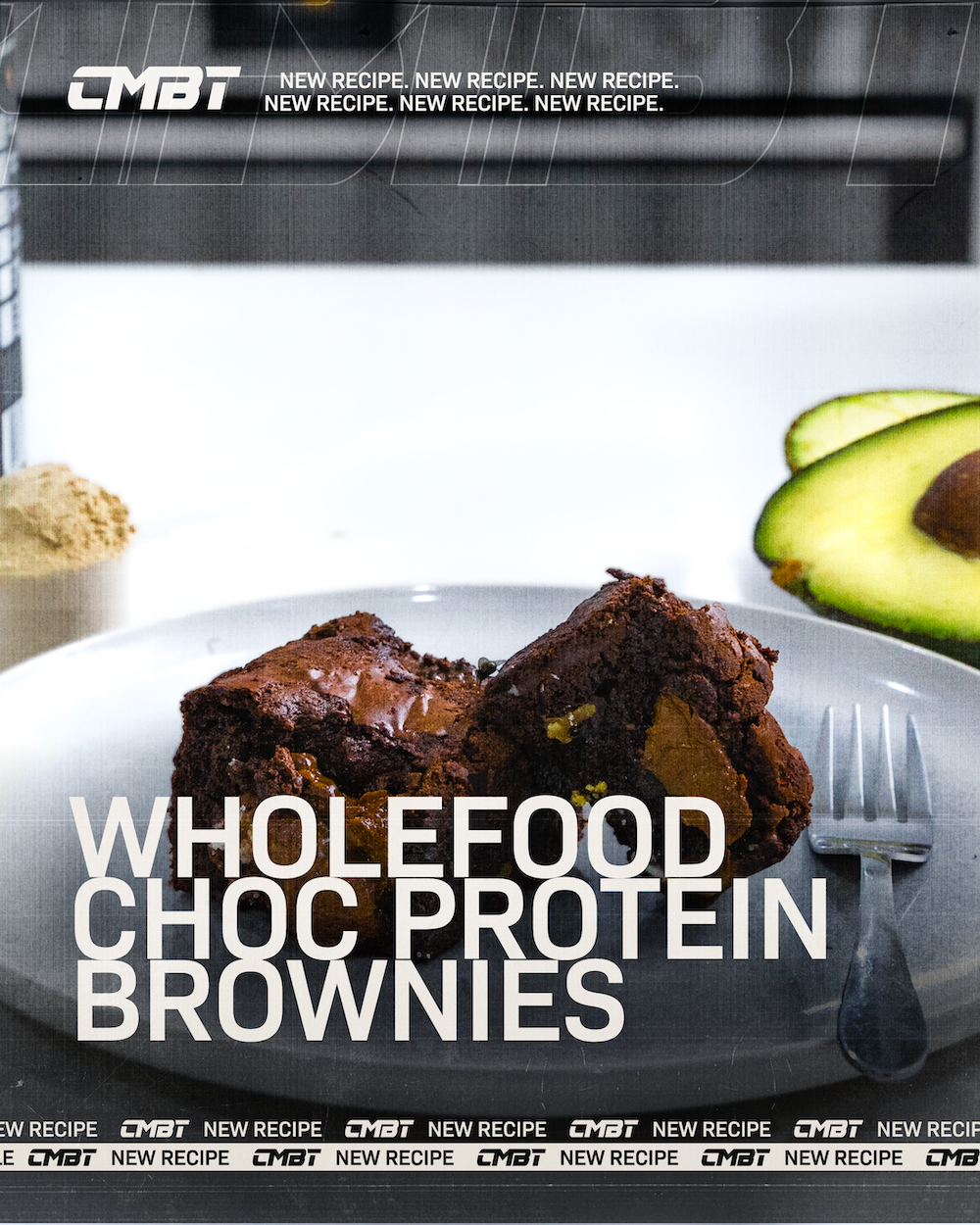
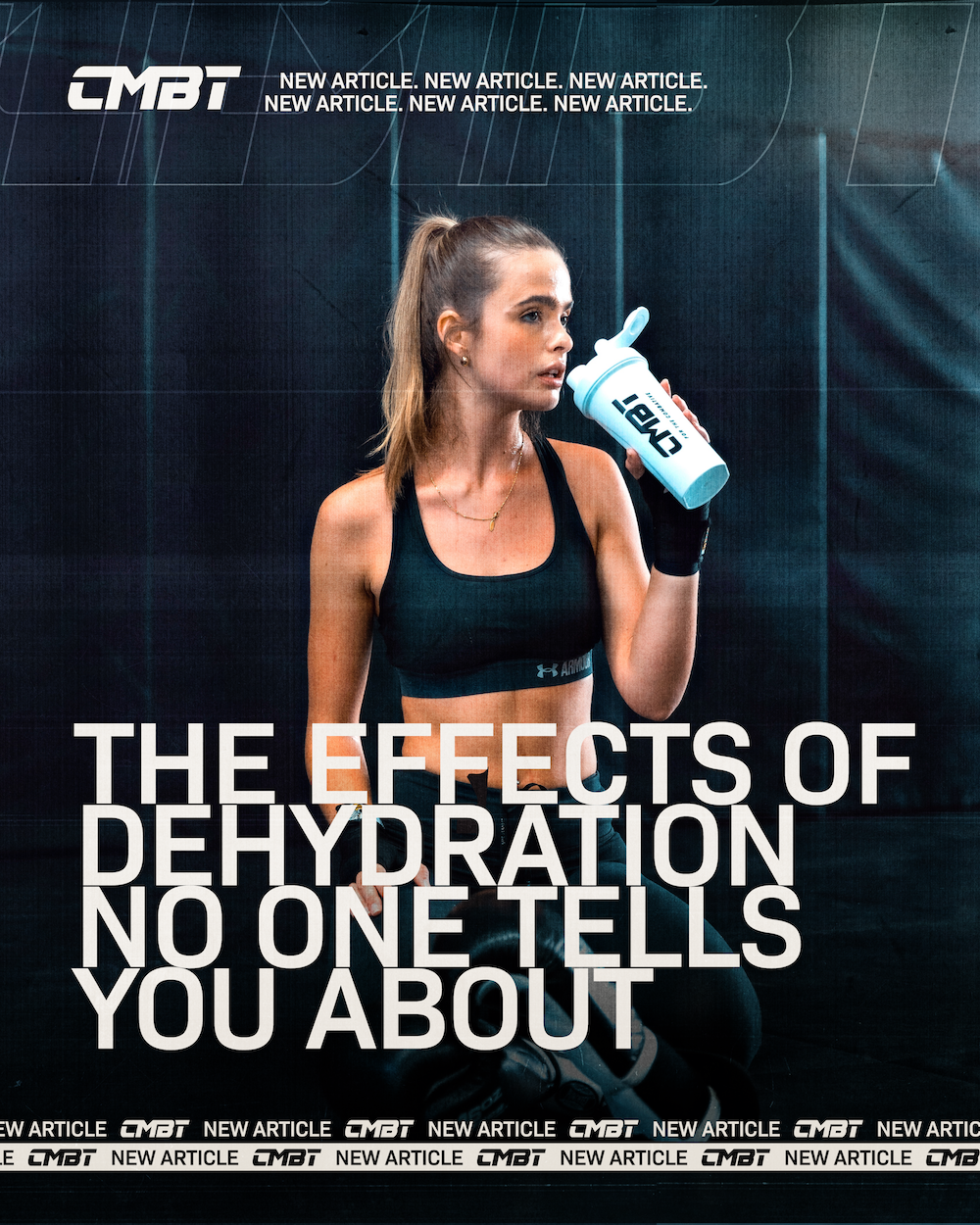

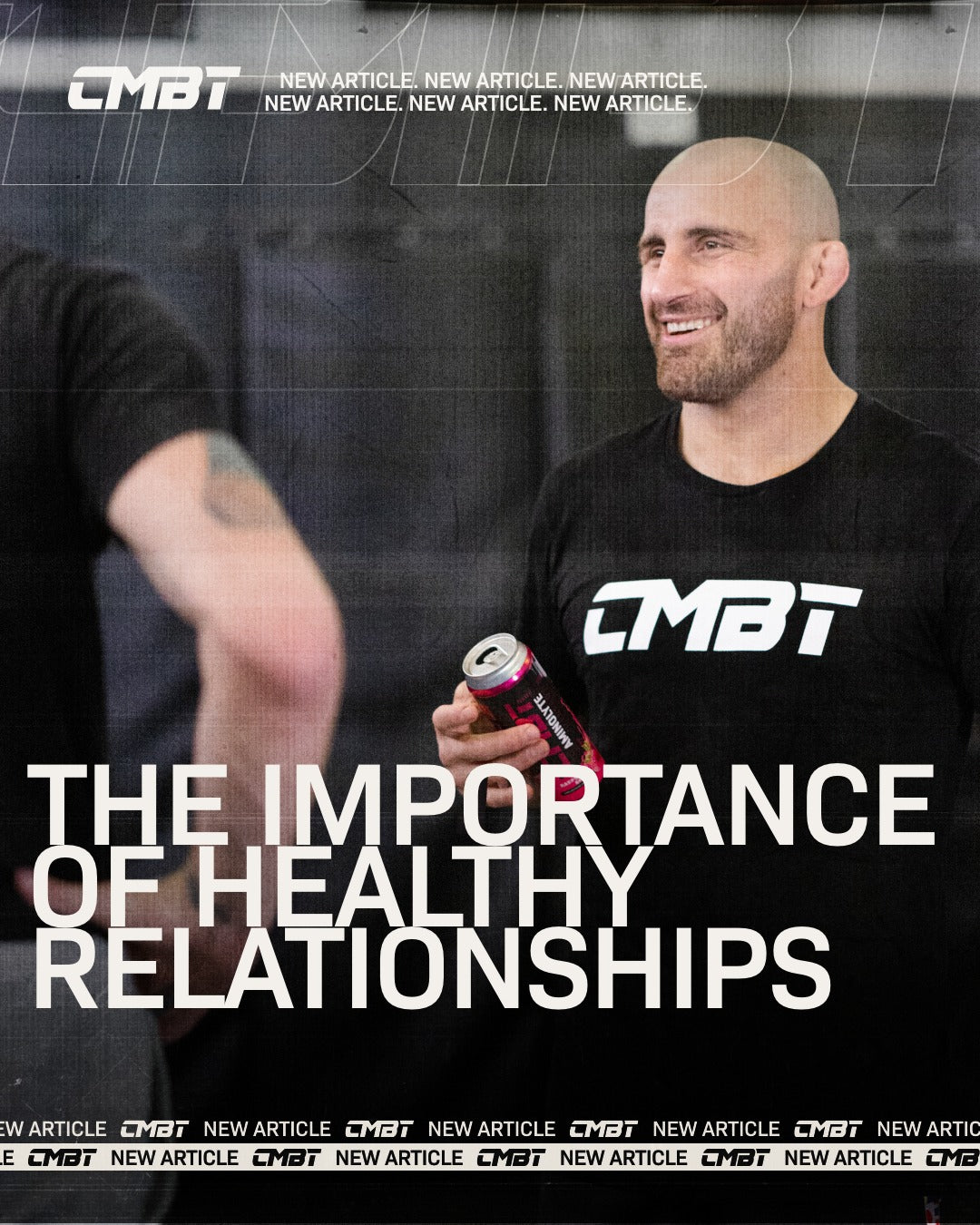

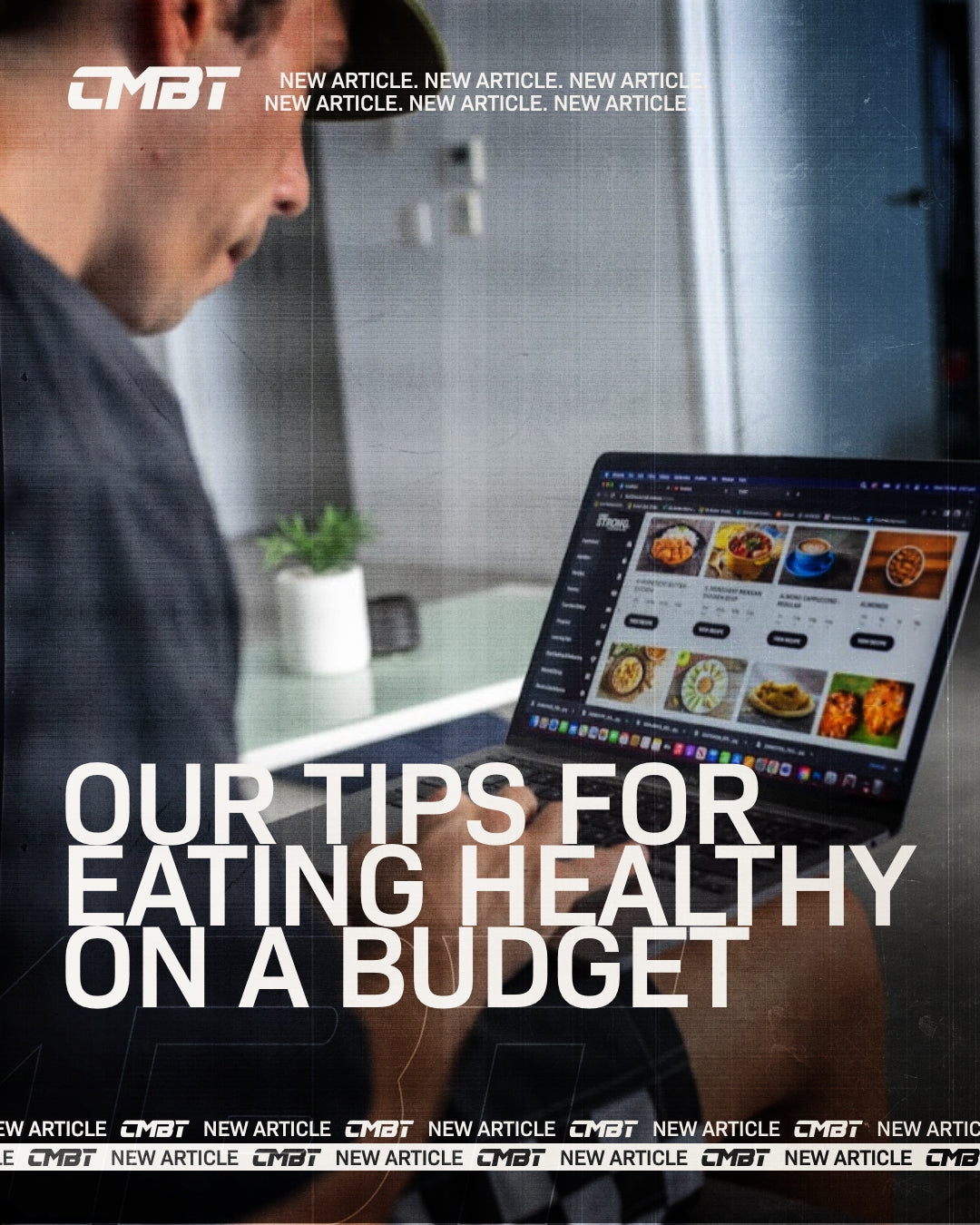
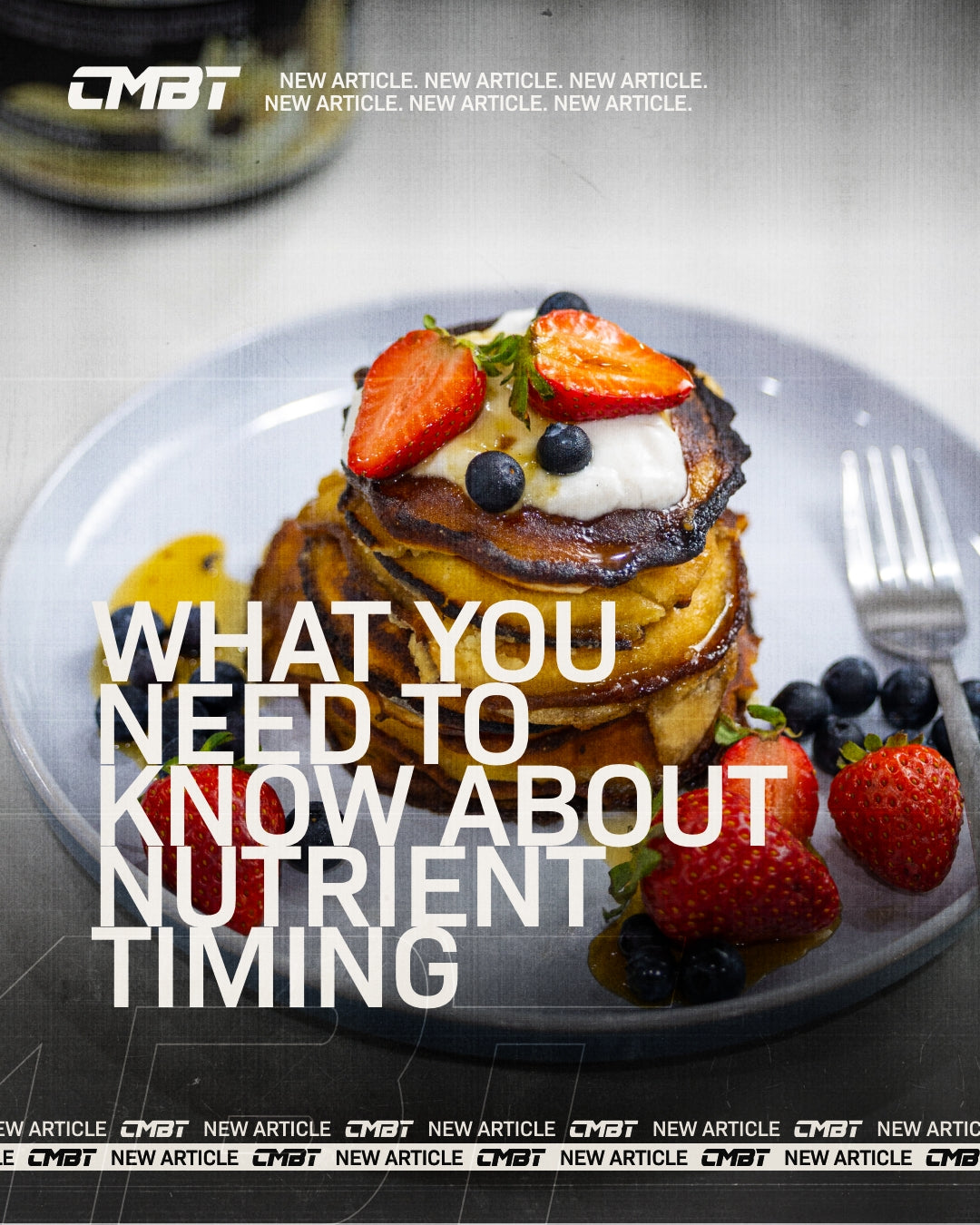
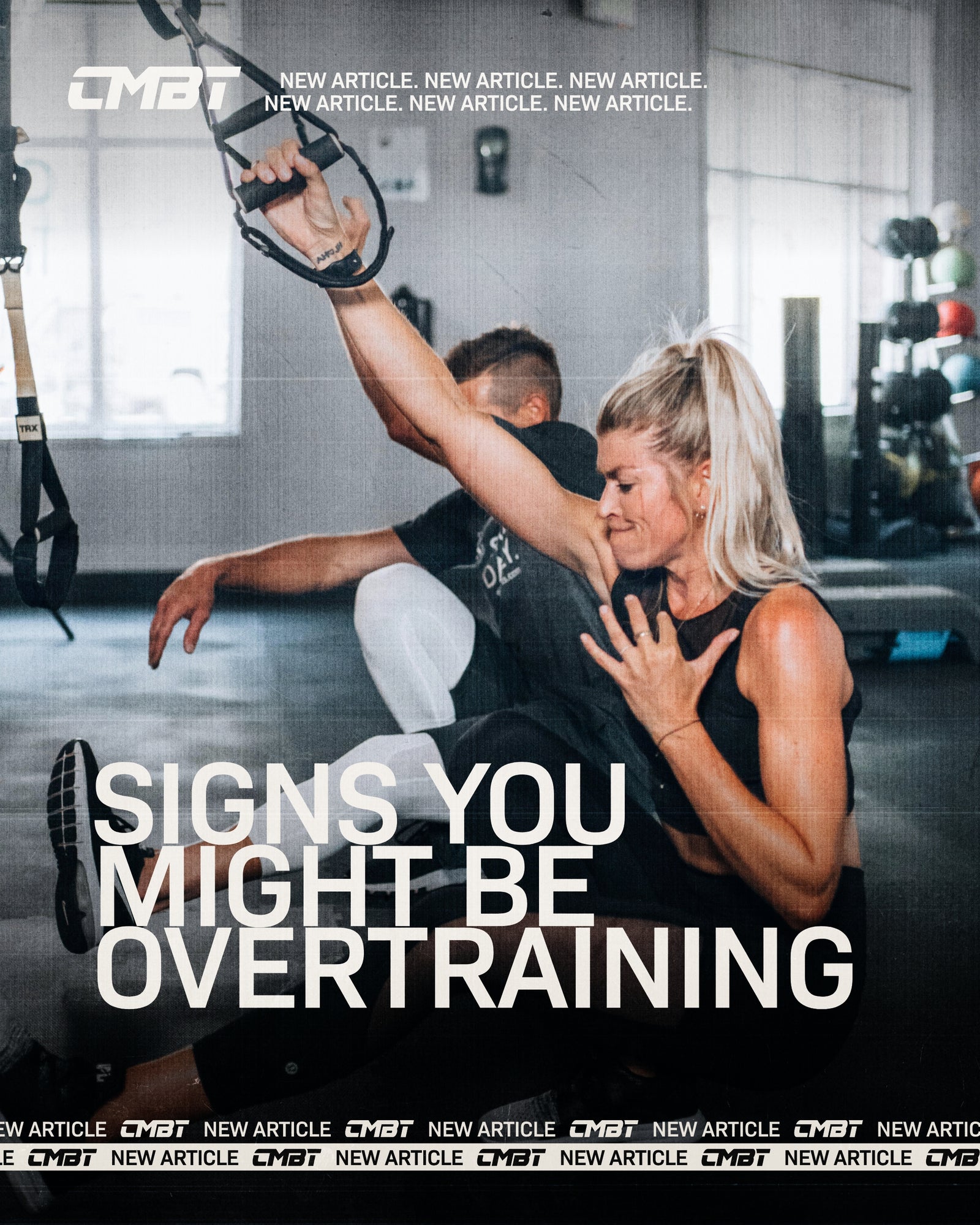
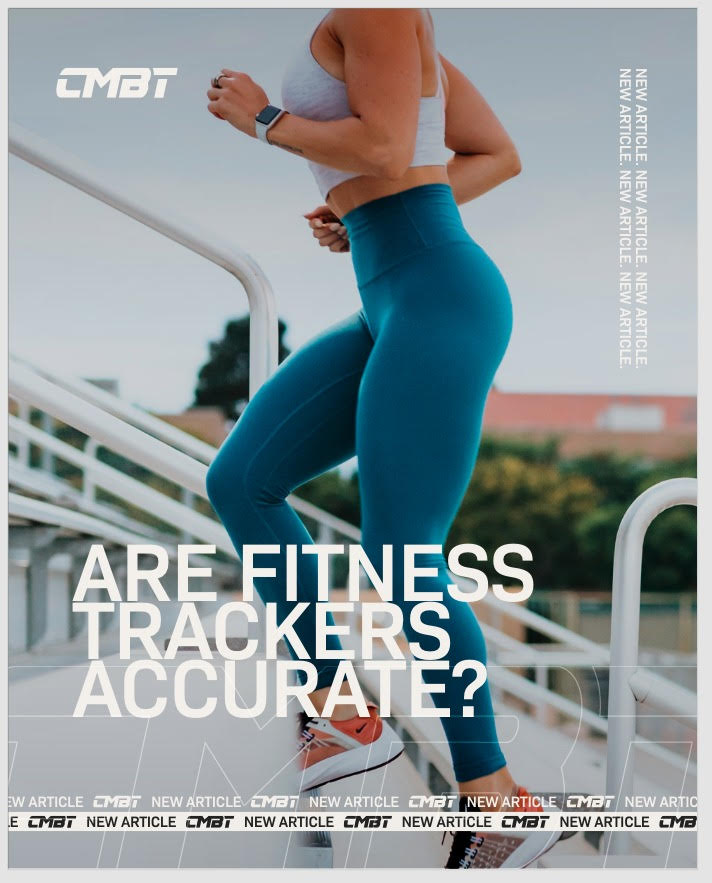

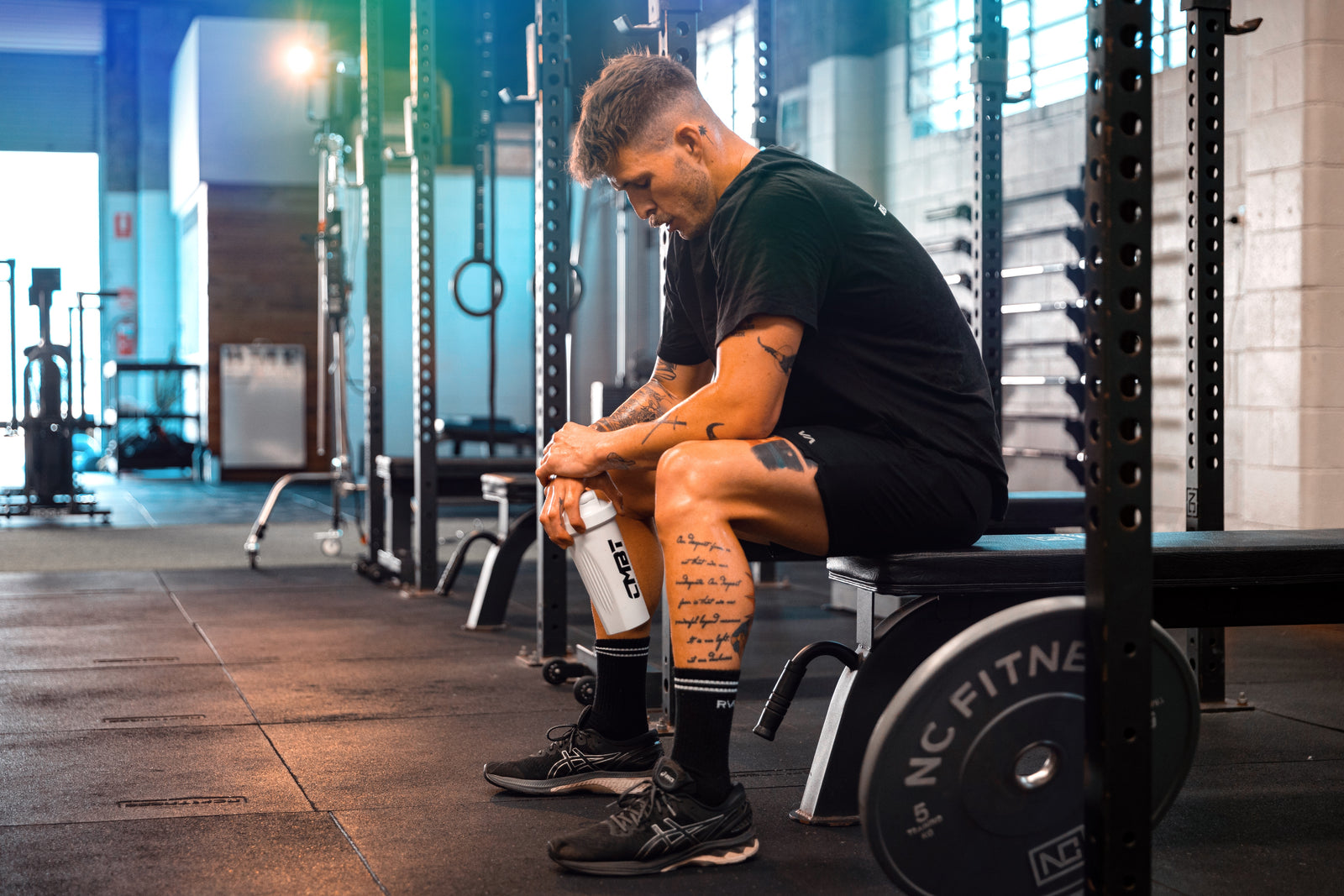



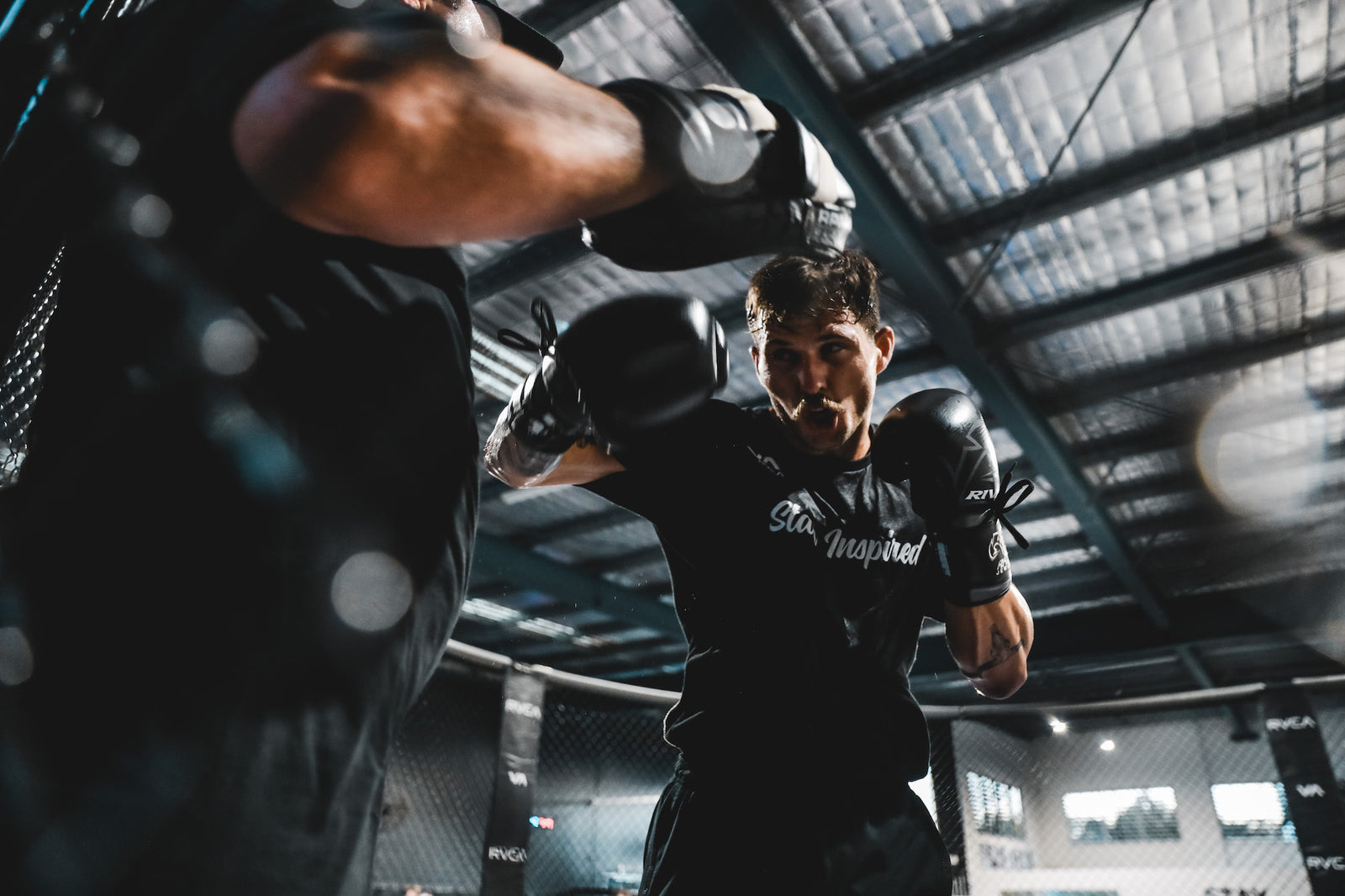
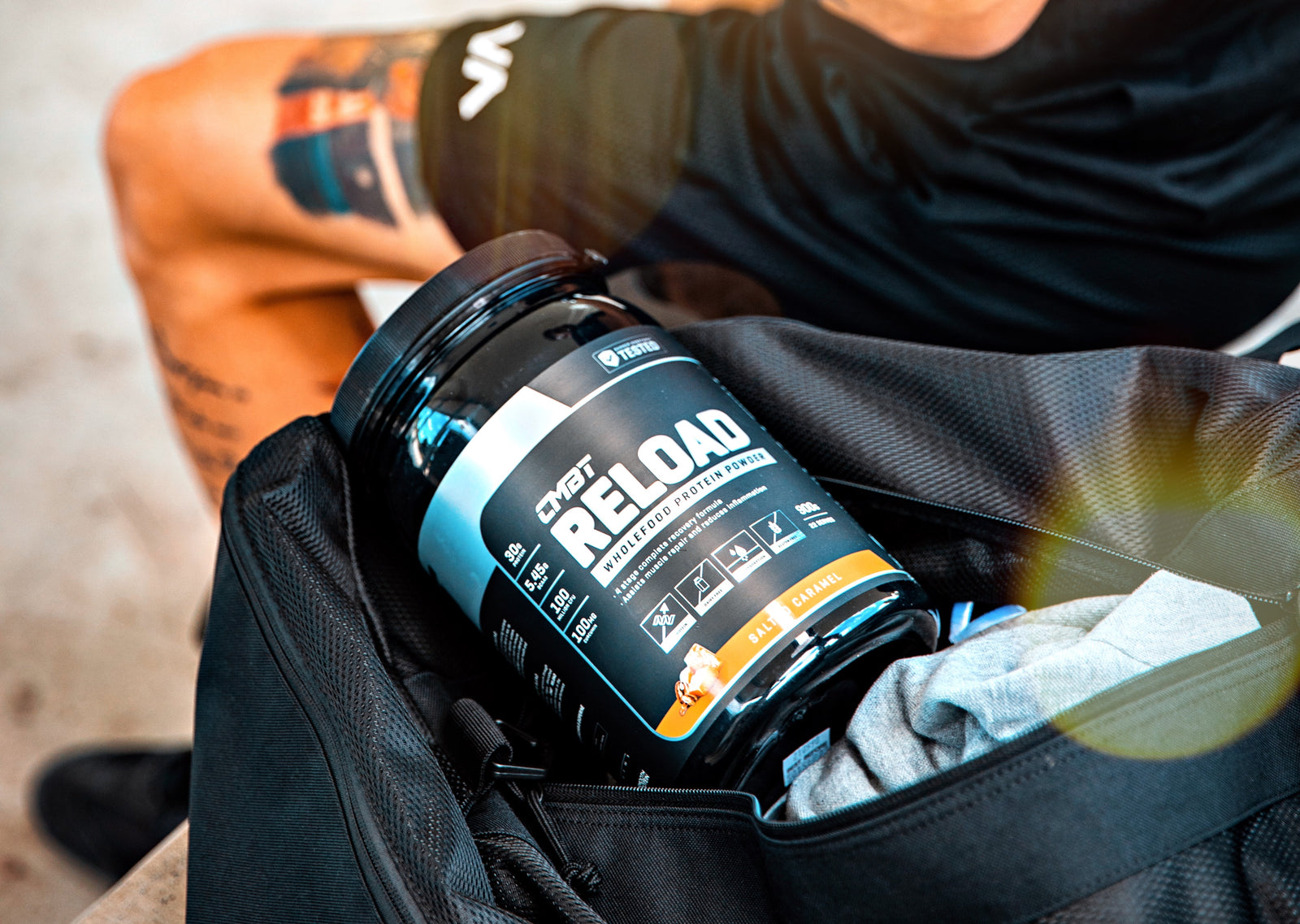
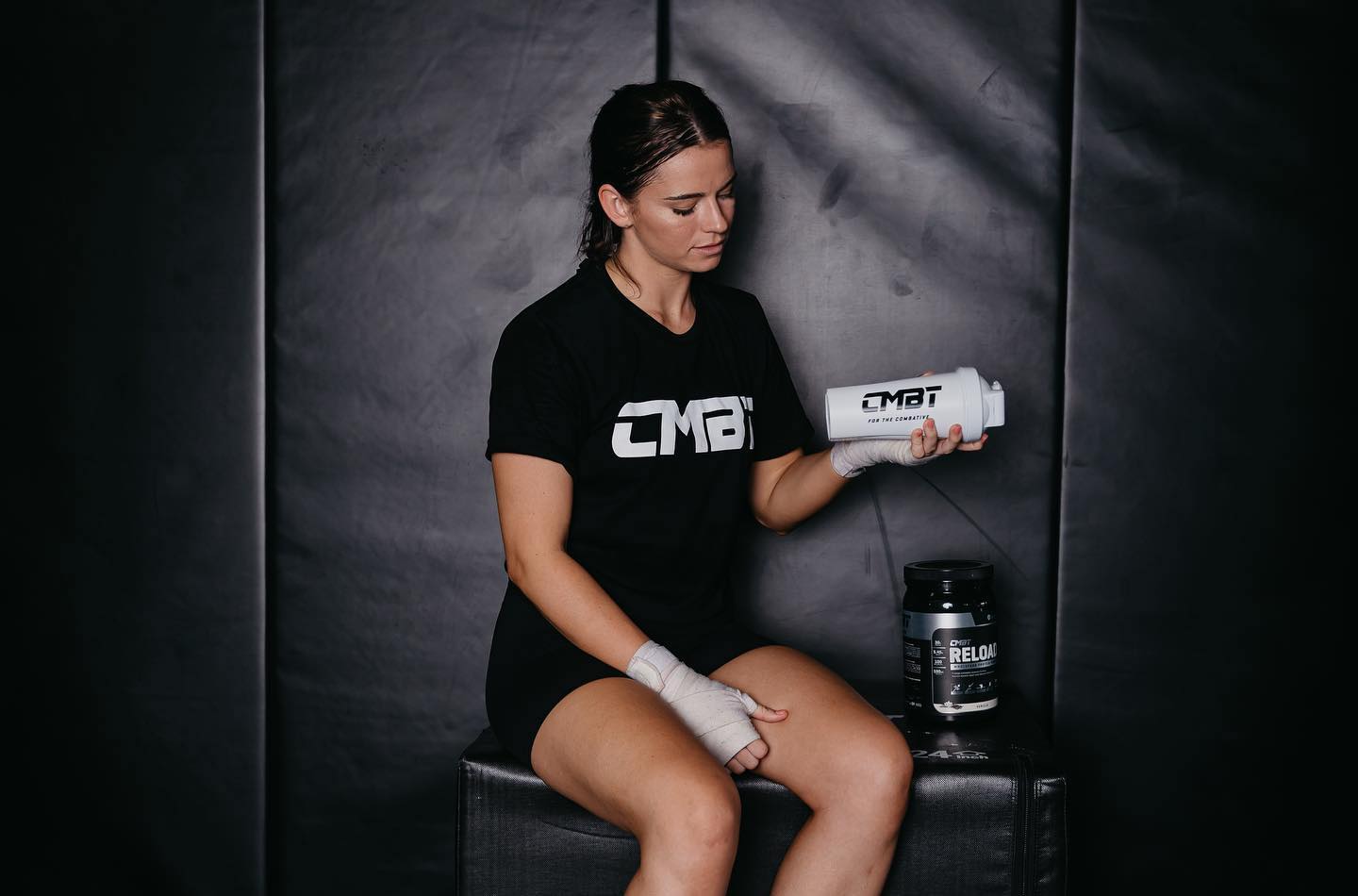

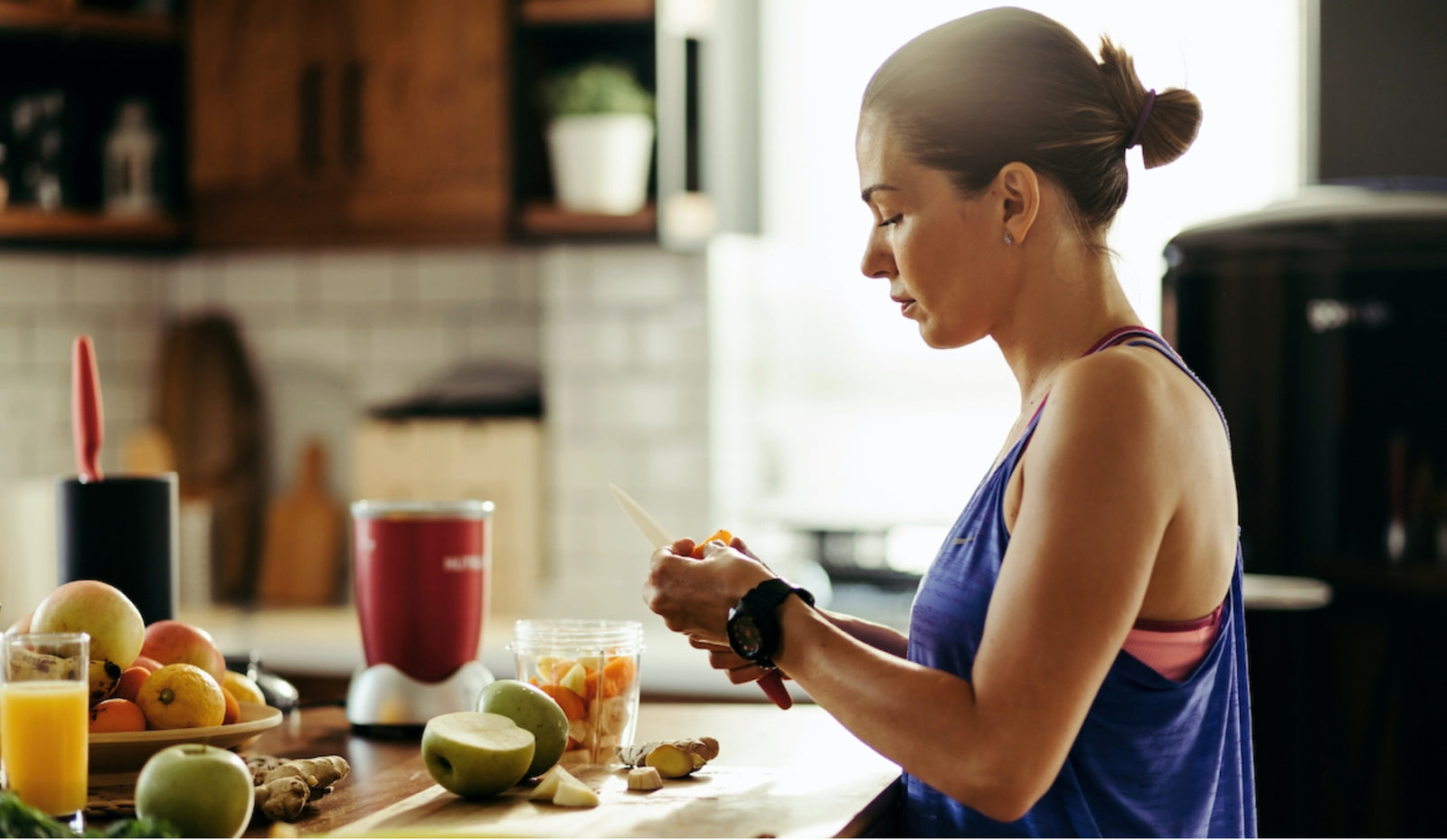
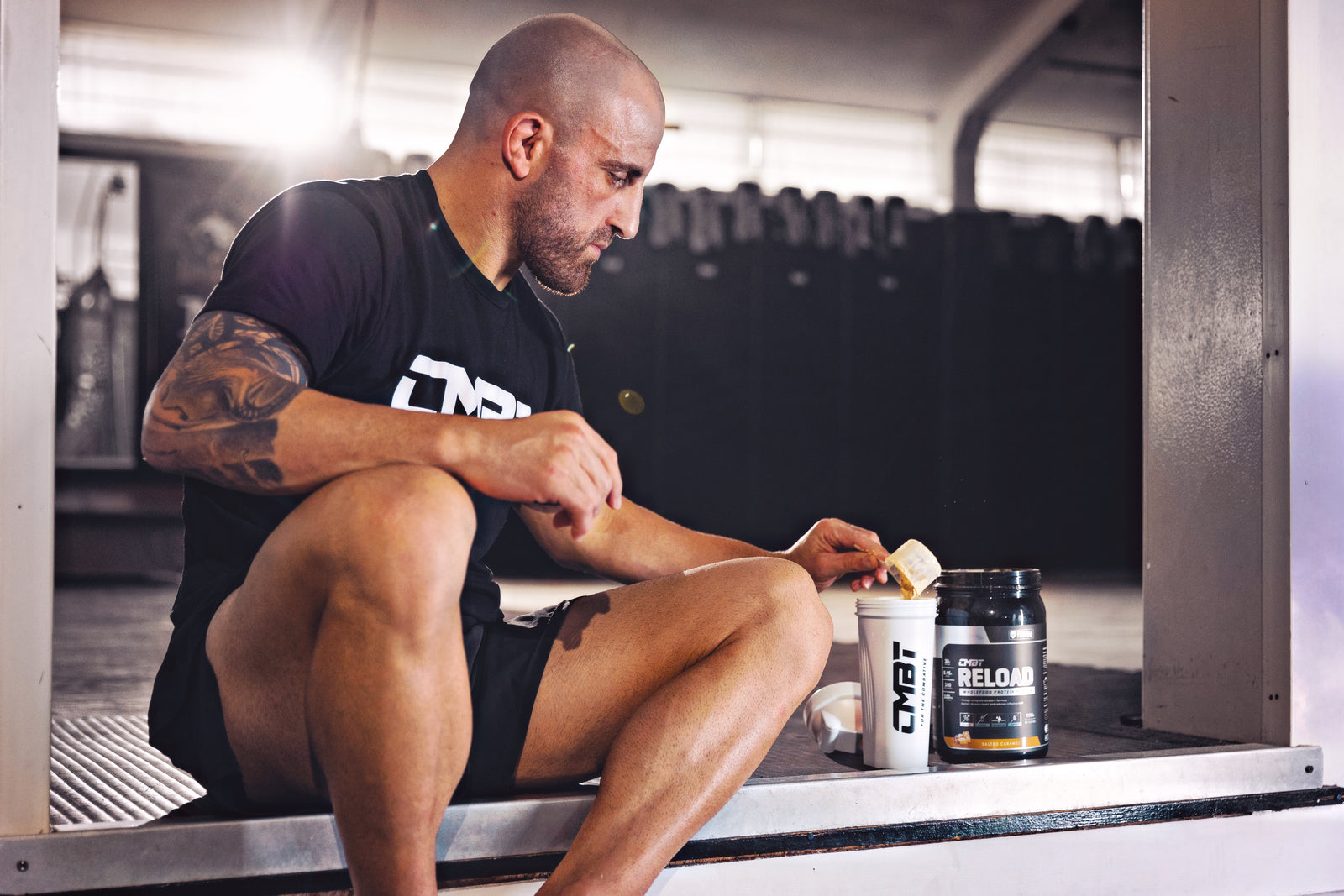


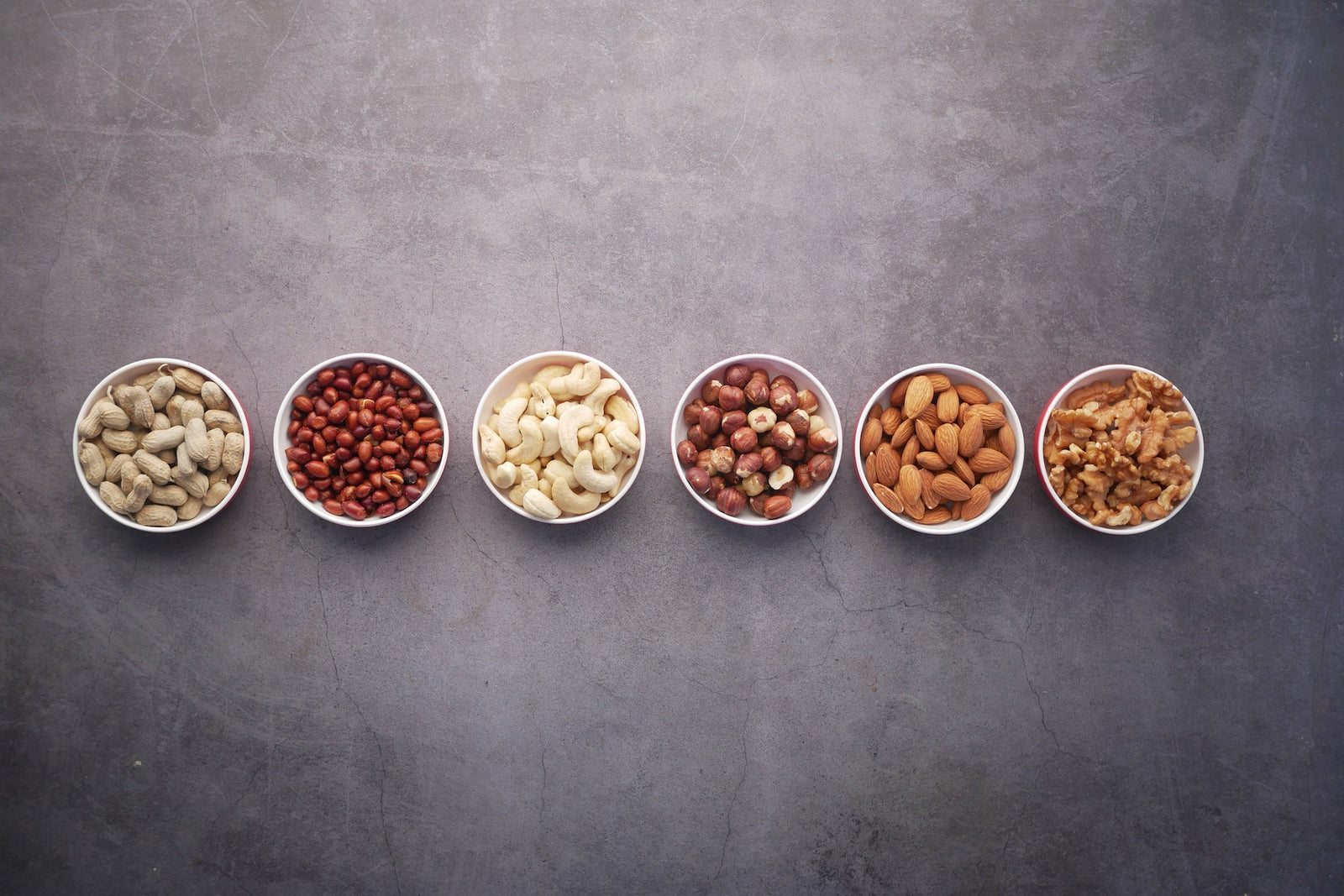

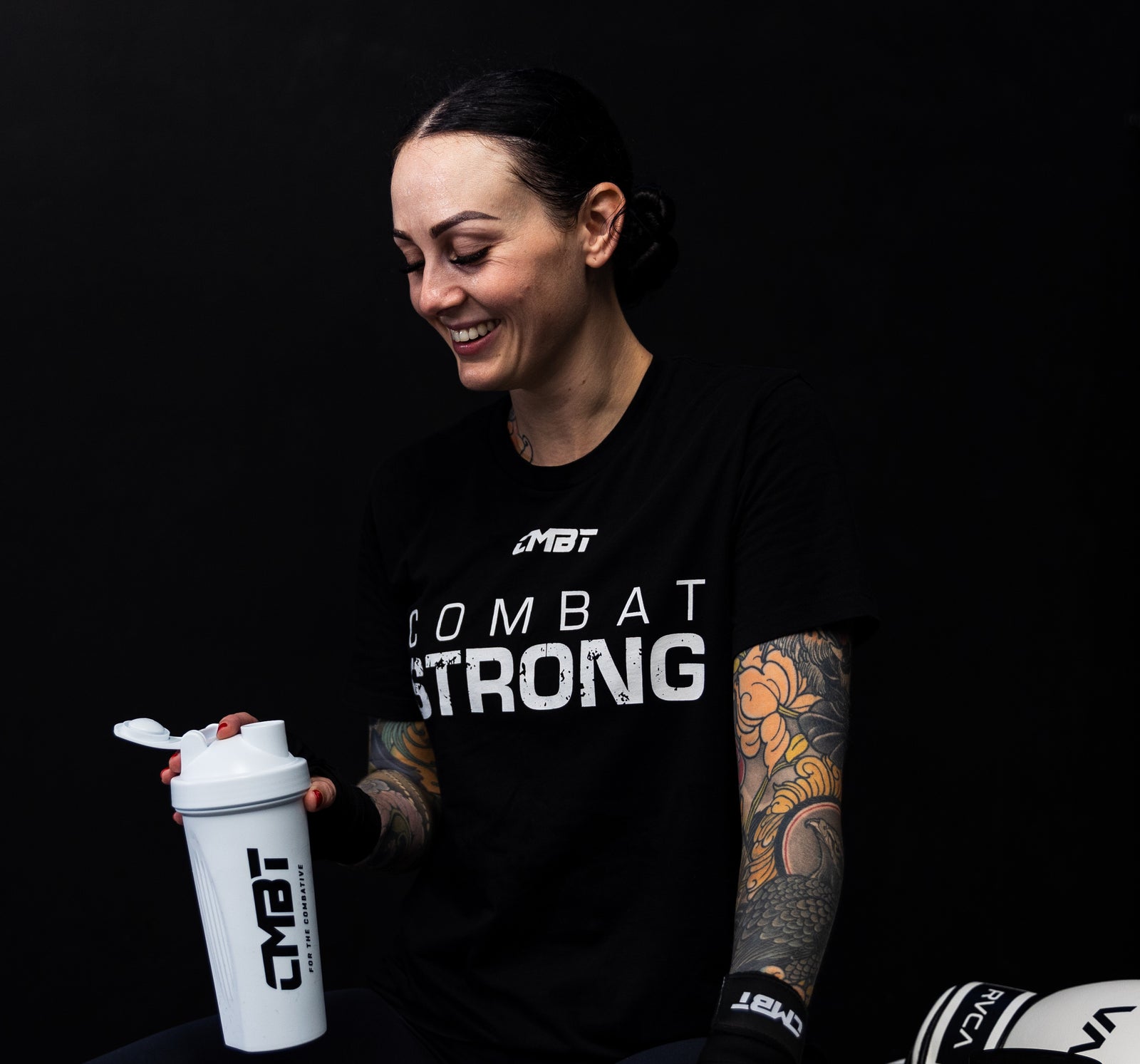
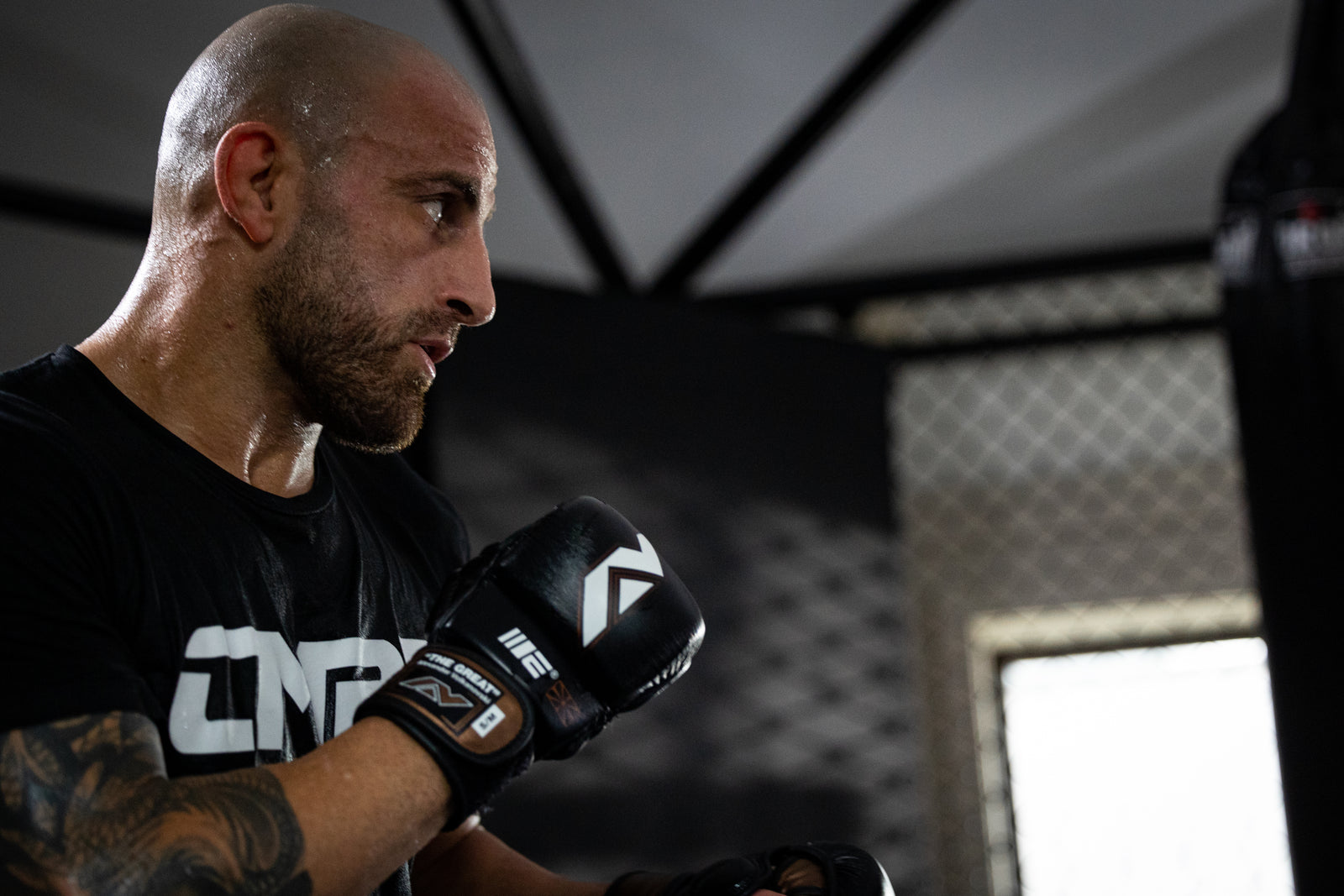
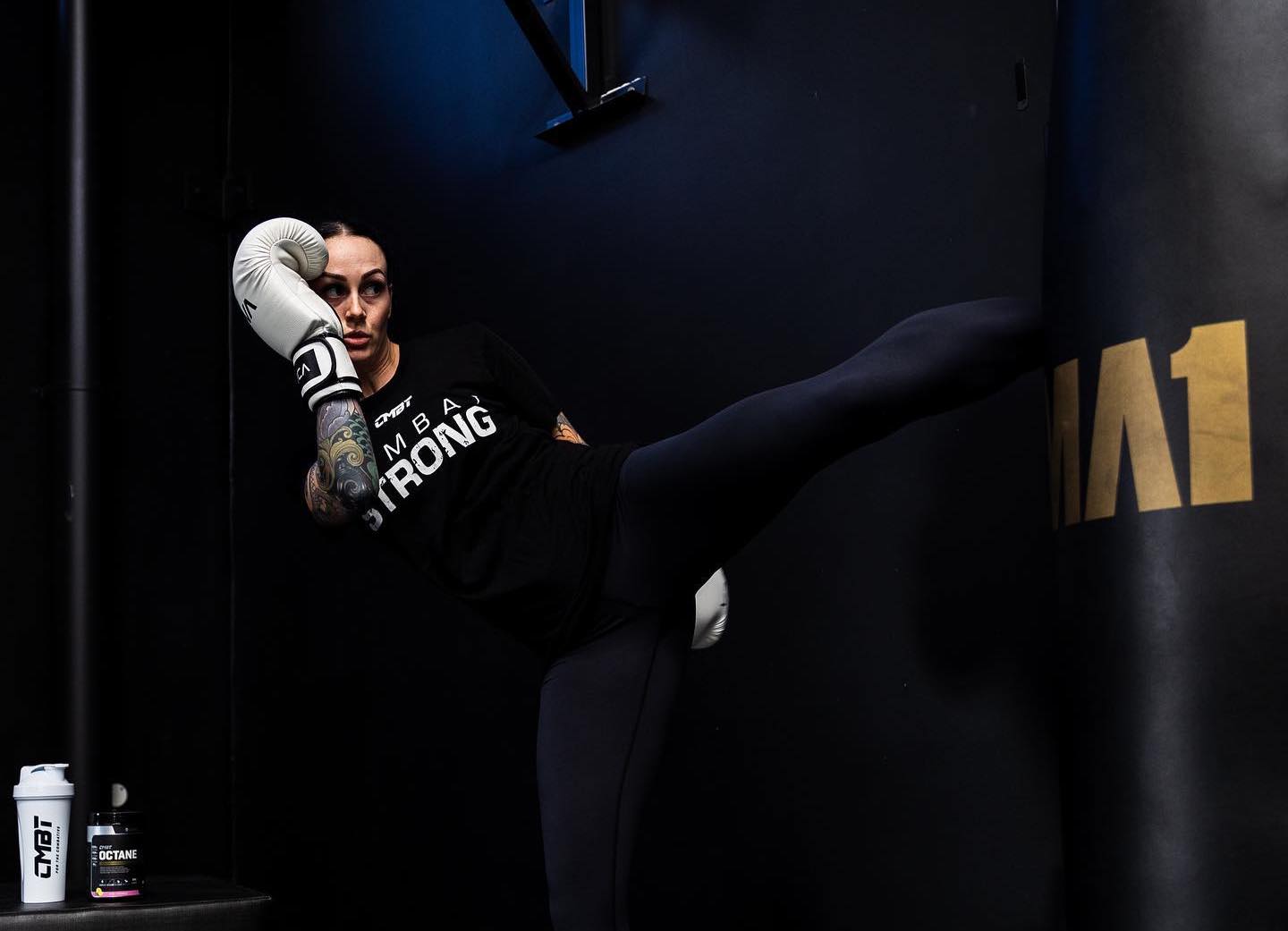




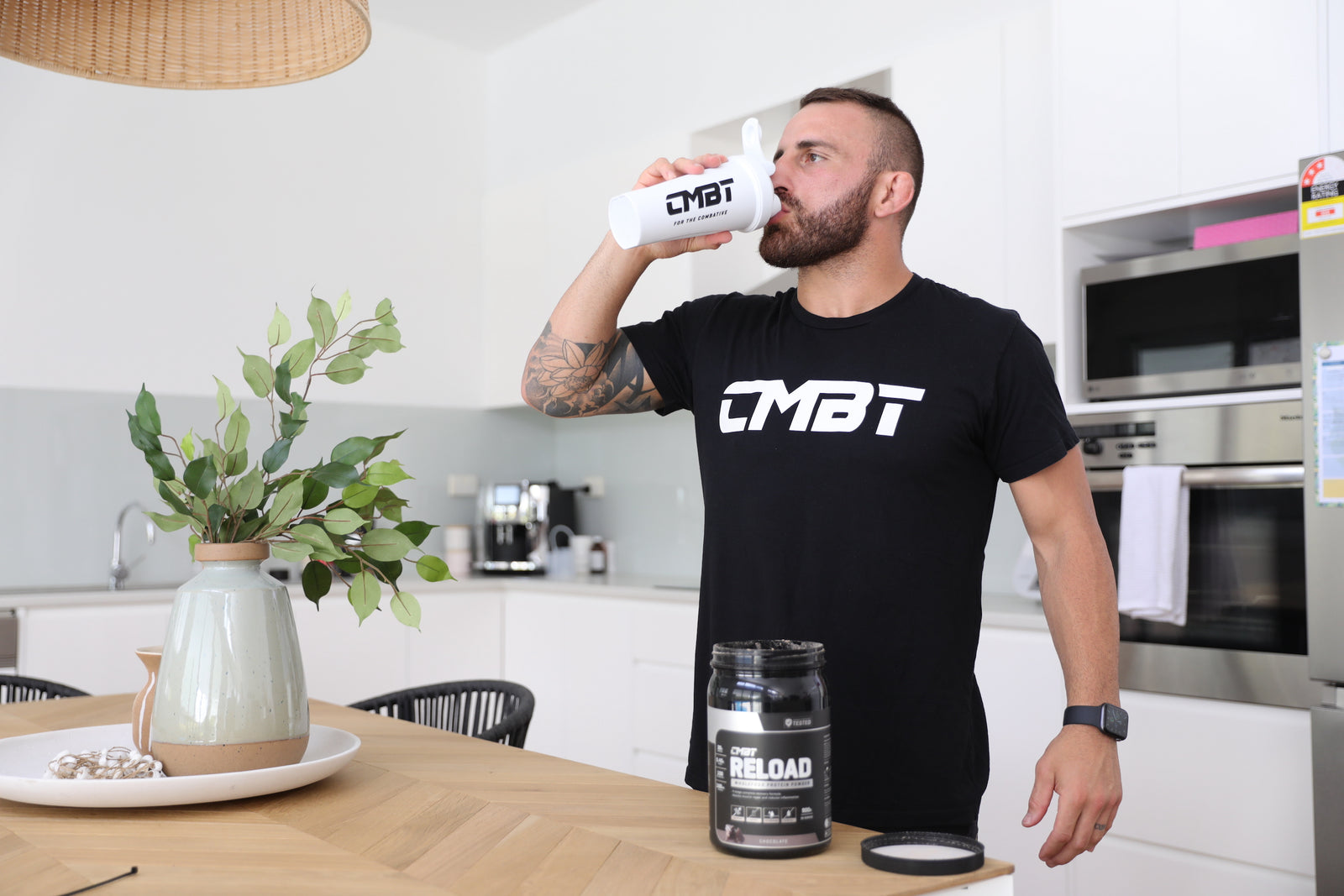
![[VIDEO] Fuel Your Passion feat. Sami Locke](http://cmbt.com.au/cdn/shop/articles/Sami.jpg?v=1625826844&width=1600)